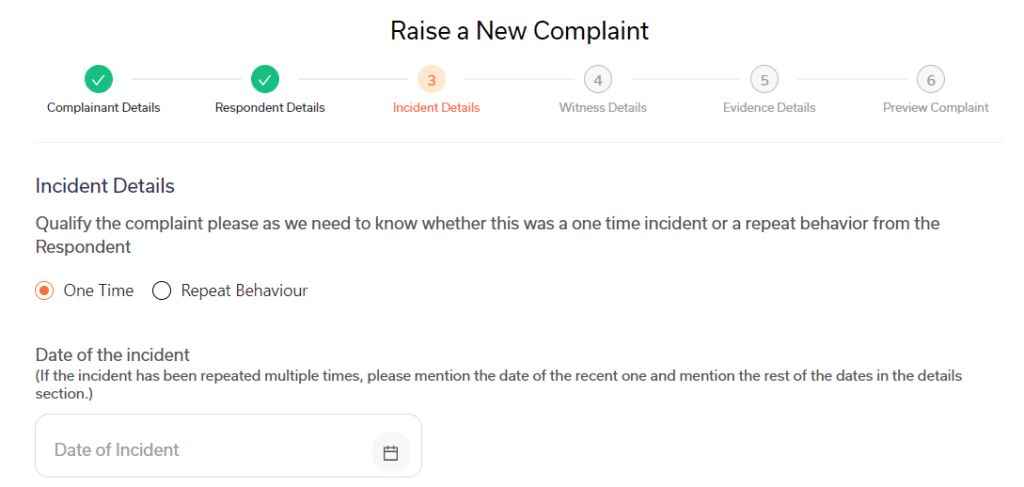The upswing in remote and hybrid workplace modules have led to the workforce getting an extended control of their work life. The ability to work from a beach, cafe, mountain is fast becoming a key benefit that most workplaces are now able to offer. Video conferencing, instant messaging and cloud-based document collaboration have all improved significantly over the last decade and, perhaps because of this, remote work is on the rise and it shows no sign of slowing.
The flexibility of managing one’s work-life is not without any risk. The obvious threat of drop in employee happiness and employee engagement , both have a knock on effect on performance. Fortunately, there are now reliable ways to deal with these aspects of the workplace.
Understanding Psychological & Emotional Safety
Amy Edmonson, the academic who pioneered the understanding of psychological safety, defines it as follows: “Psychological safety is broadly defined as a climate in which people are comfortable expressing and being themselves. More specifically when people have psychologically safety at work, they feel comfortable sharing concerns or in mistakes without fear of embarrassment or retribution.”
A simple term to summarize this is “trust.” It is also see that trust among those who work remotely is much lower than those who work in the same location.
Similarly emotional safety is an environment where employees feel secure enough to be able to share their thoughts and ideas freely without worrying that they’re potentially opening themselves up to negative reactions.
In fact, a four-year study by Google concluded that the company firmly believed in the significance of psychological safety as the number one predictor of team success.

Improving remote workplace safety in 5 easy steps
- Set really clear expectations: People feel more comfortable when they know what’s expected of them and when it’s expected by.
- Get to know your team on a personal level: People trust each other better when they they know one another at a deeper level.
- Use technology that encourages conversations: Tools that make it easier to have structured conversations can have a significant impact on the quantity and quality of conversations between peers.
- Give employees their own voice in the organisation: Employees need to have a voice and to be able to freely express their thoughts and views.
- Show employees their contribution matters: A sense of emotional safety stems from feeling needed. Knowing their contributions matter reassures and gives confidence to employees.

Investing in Psychological & Emotional Safety
Technology has only made it easier for organizations to invest in tools that help their employees feel safe and secure even when they are working remotely. It is important to pick the right tolls that address employee concerns to build trust and create workplace safety remotely.
Conduct by Ungender gives its users an anonymous chat space where employees can raise their queries. The queries are answered by the redressal committee of the organization and are only visible to them keeping sensitive matters confidential and free of judgment.

Similarly, users can also file complaints against incidents of sexual harassment in a guided procedure through Conduct. The documentation is kept confidential and details of the complaint stay within the system to prevent any identity or information leaks.

Conduct Insights is the product of our learning from our technology vertical Conduct by Ungender. In our initiative to build inclusive workplaces for all individuals, we continue to educate and advise leaders on the same. Write to us at hello@getconduct.in or check our website https://getconduct.in/ to know more about our technology offering.










